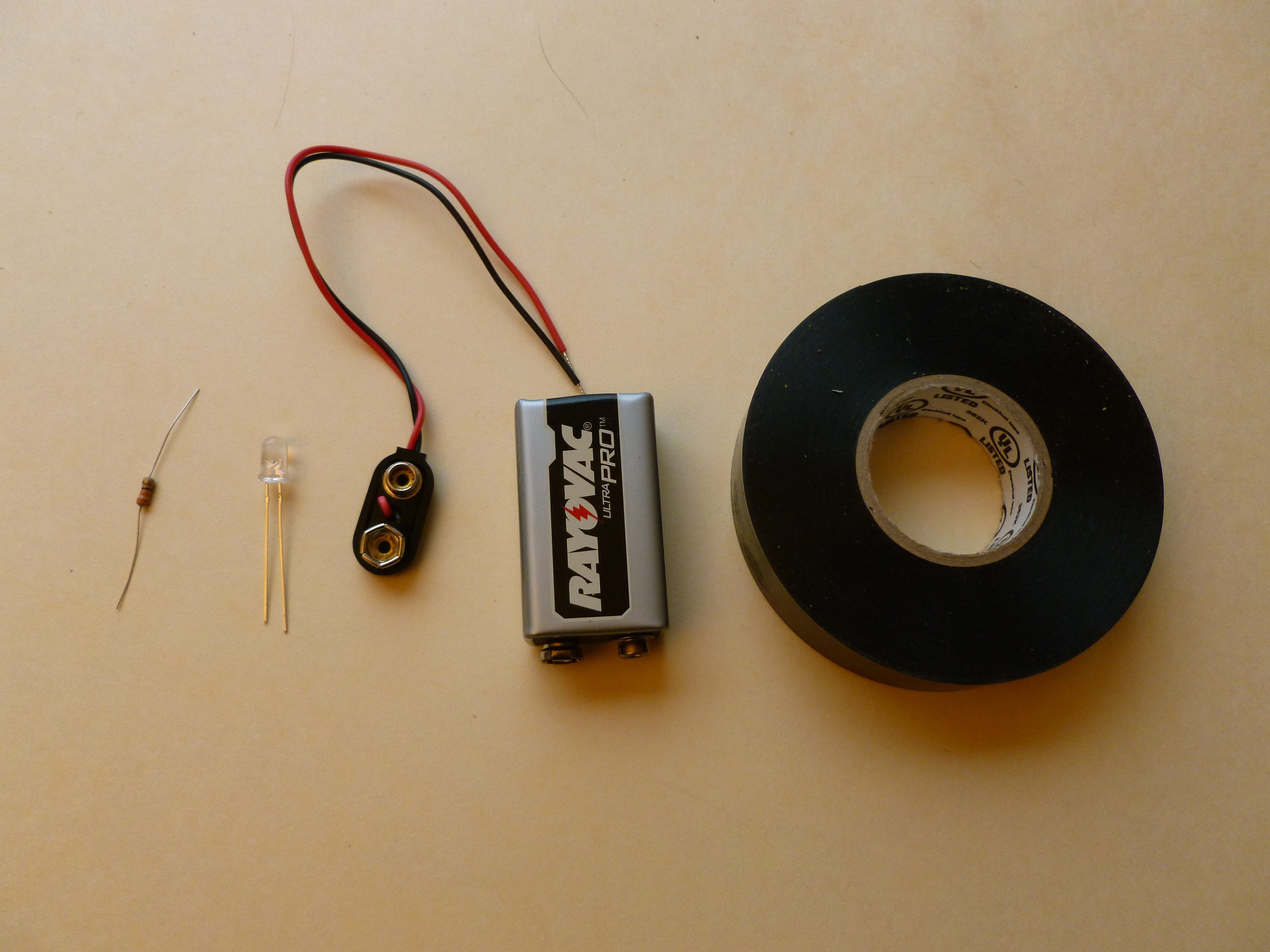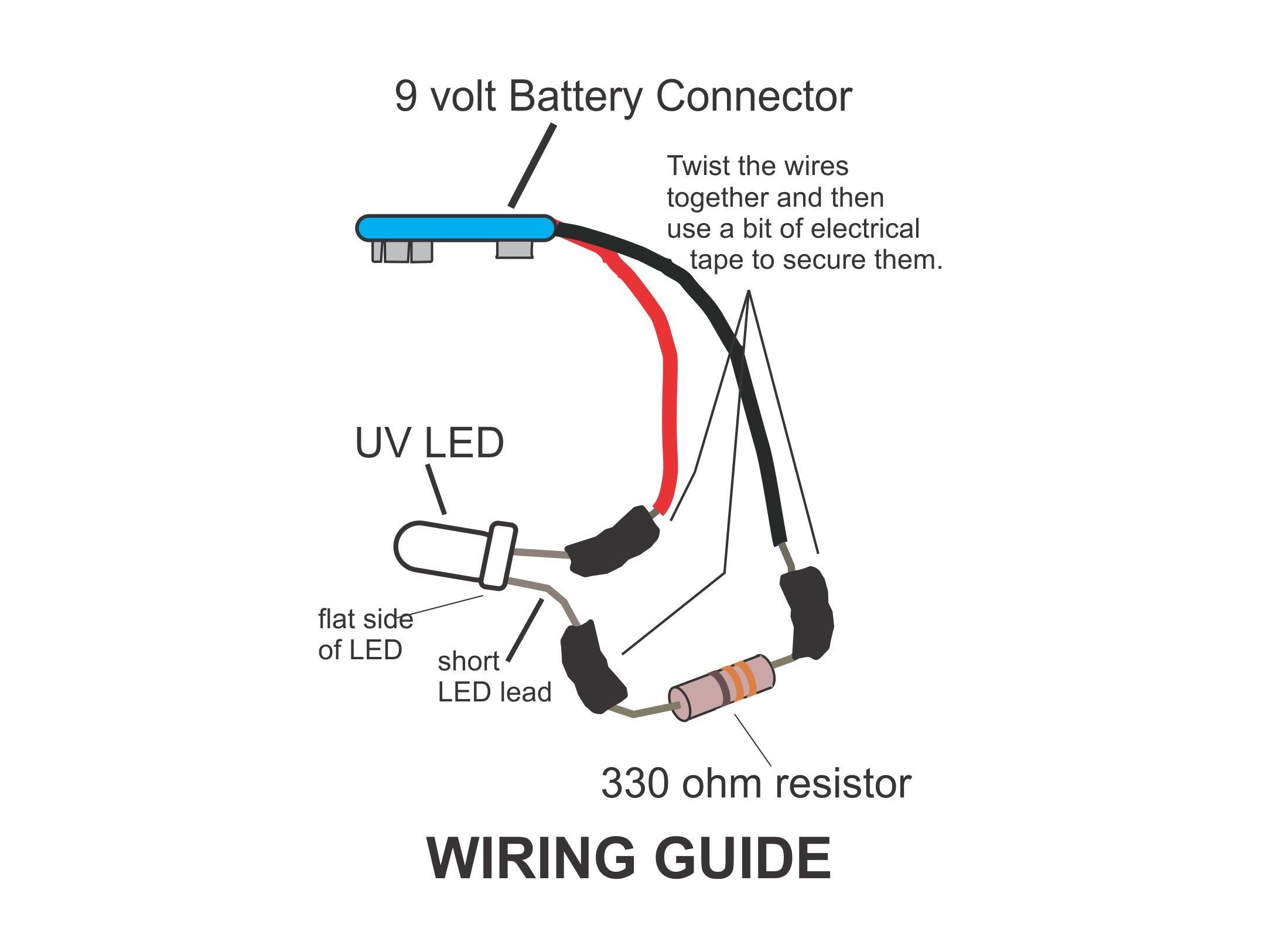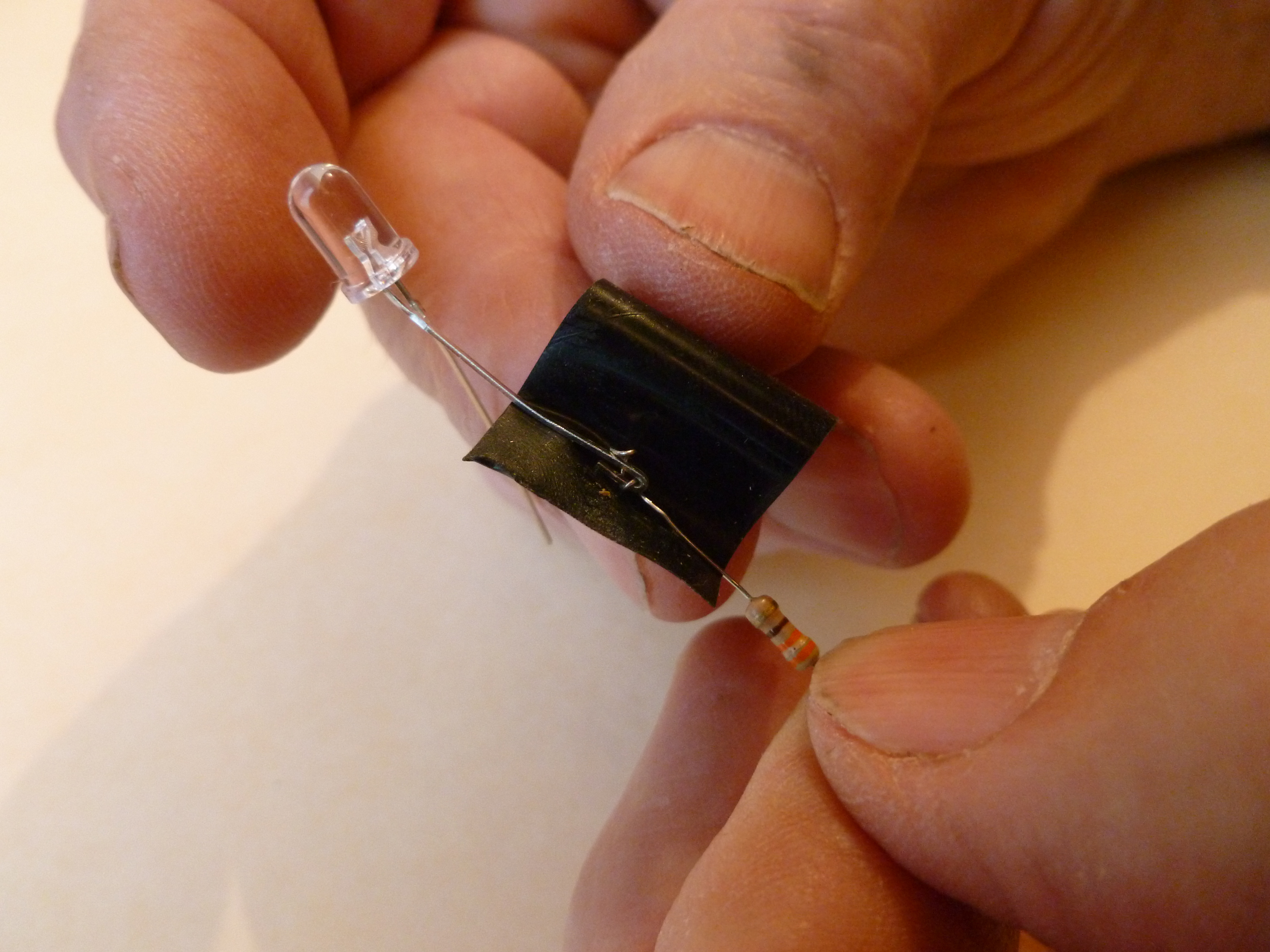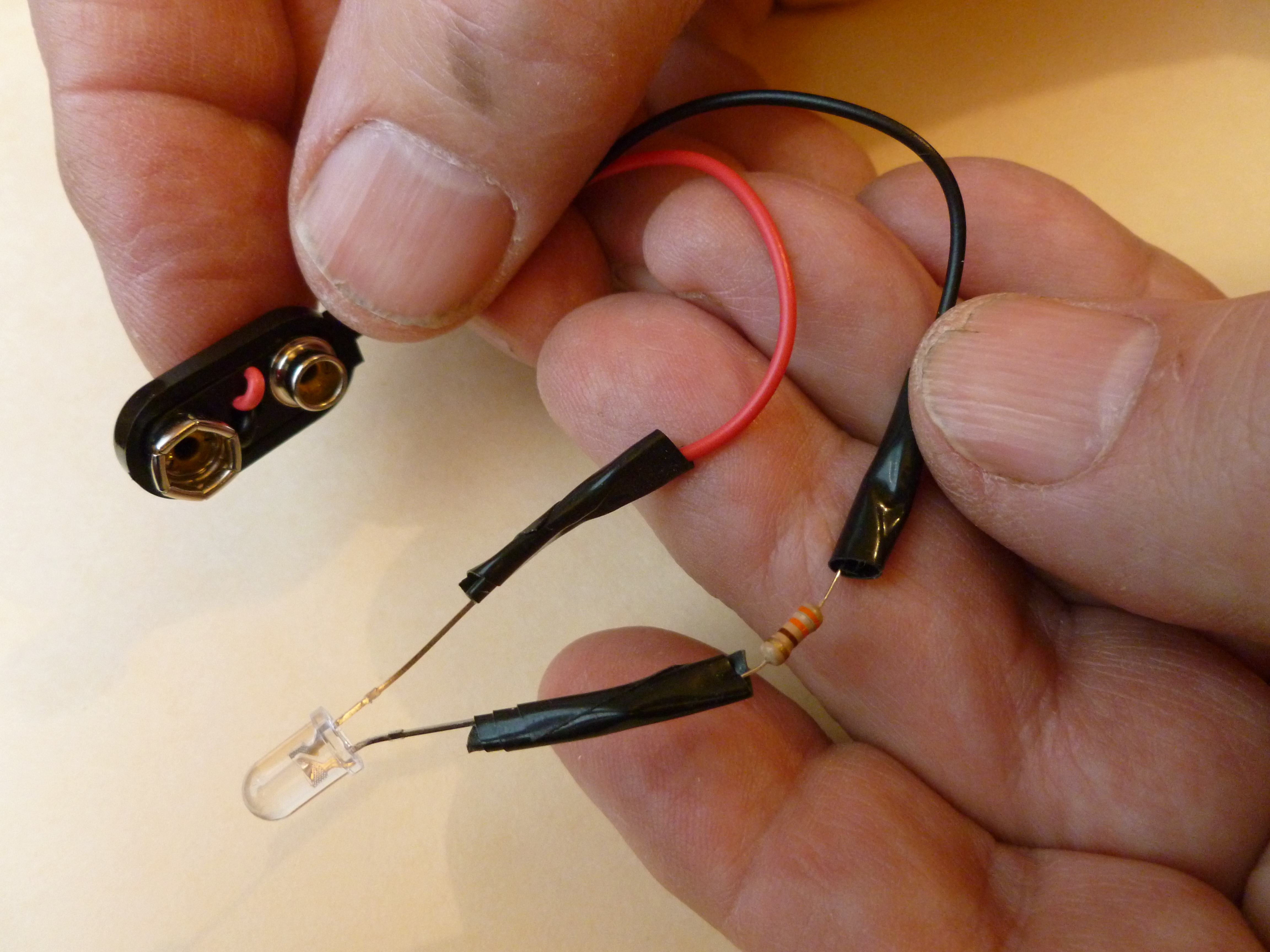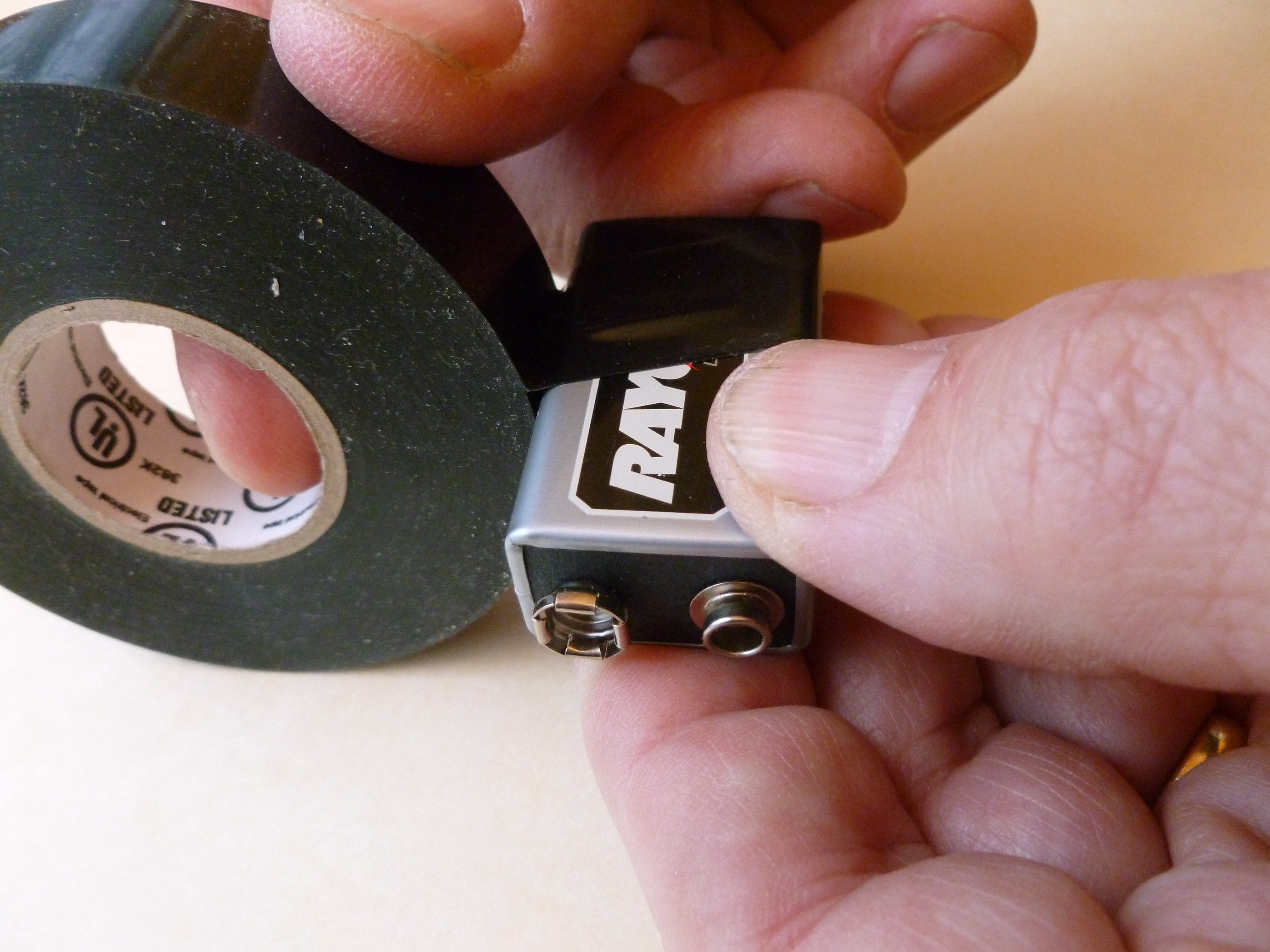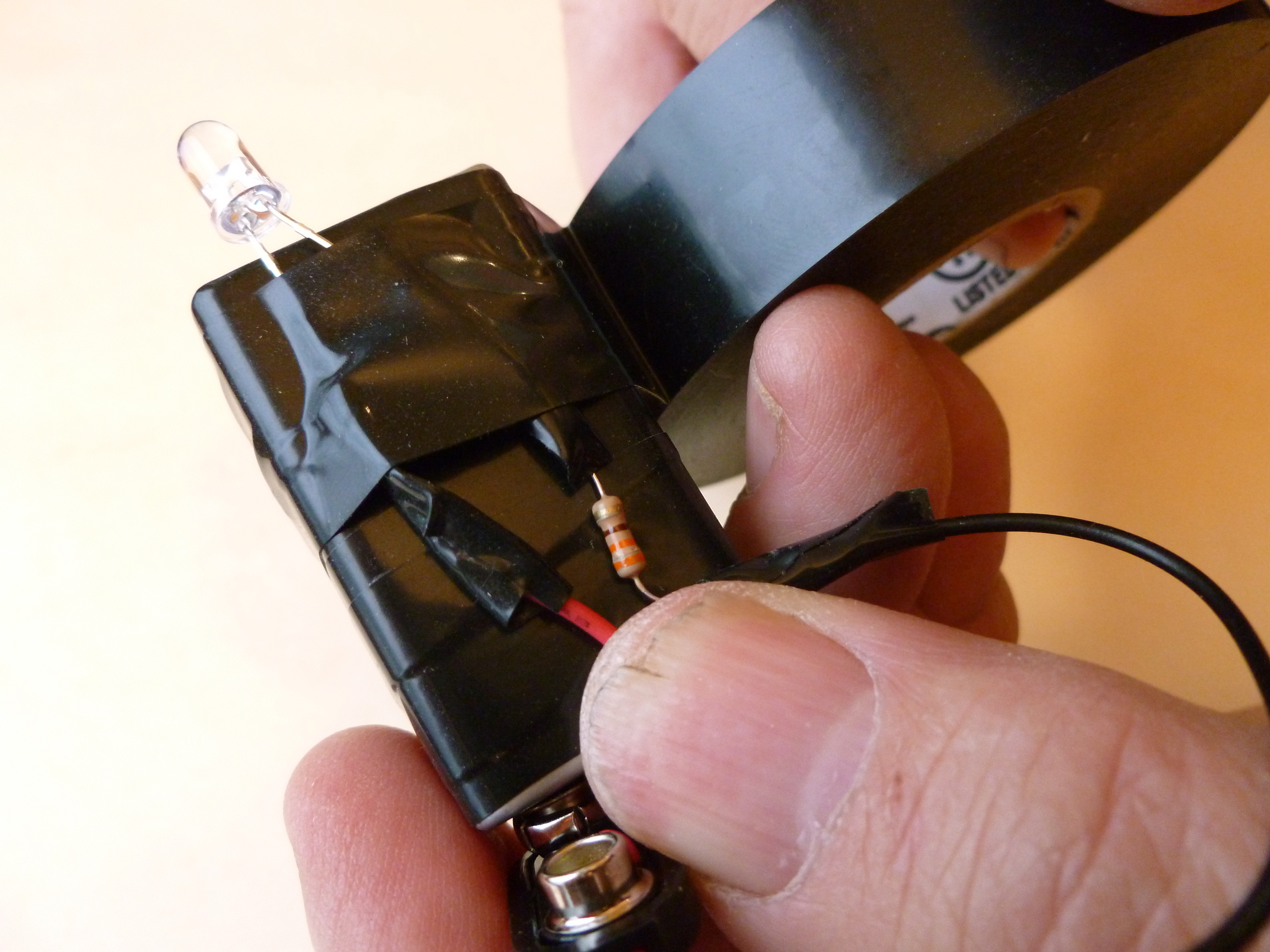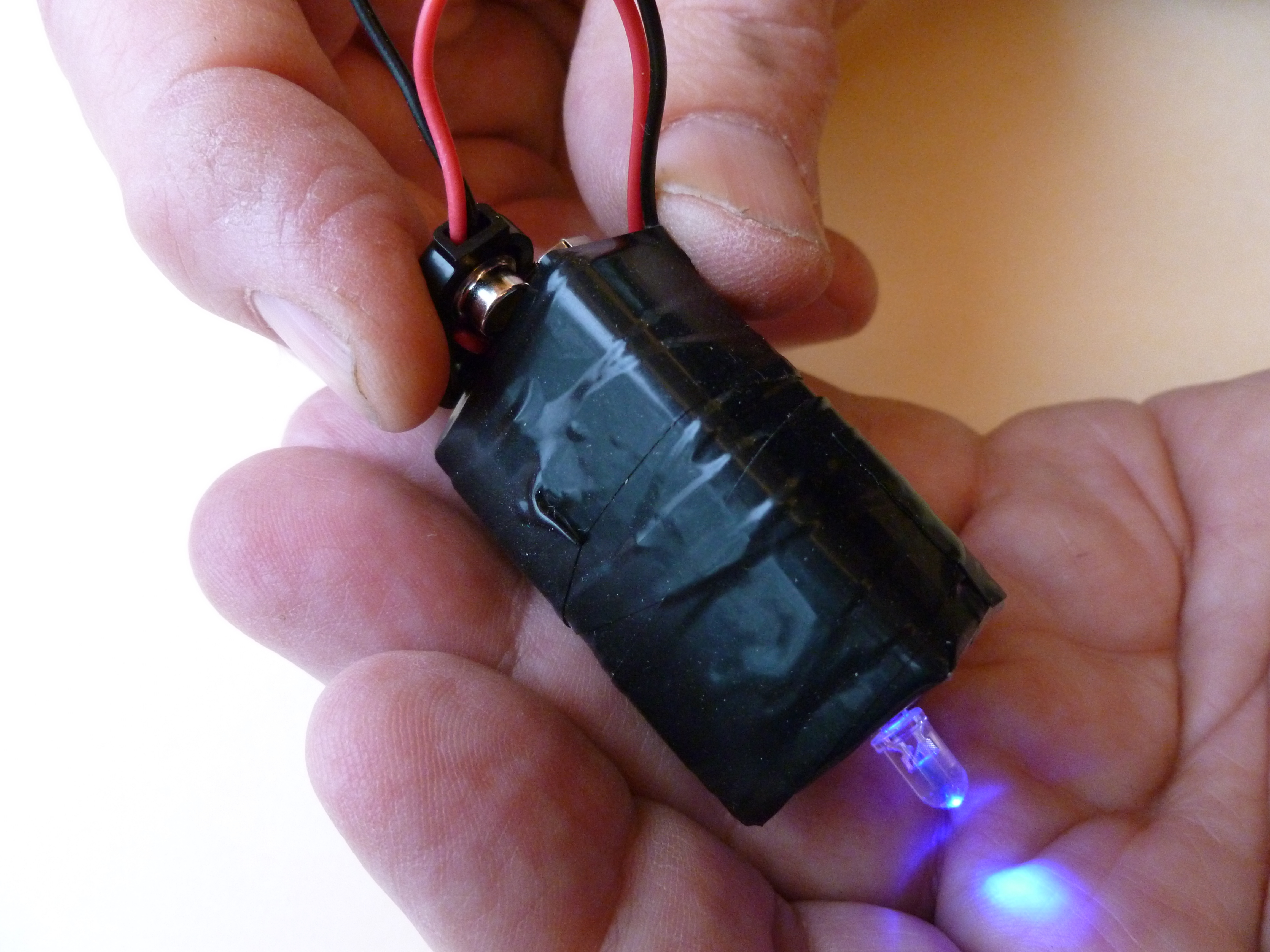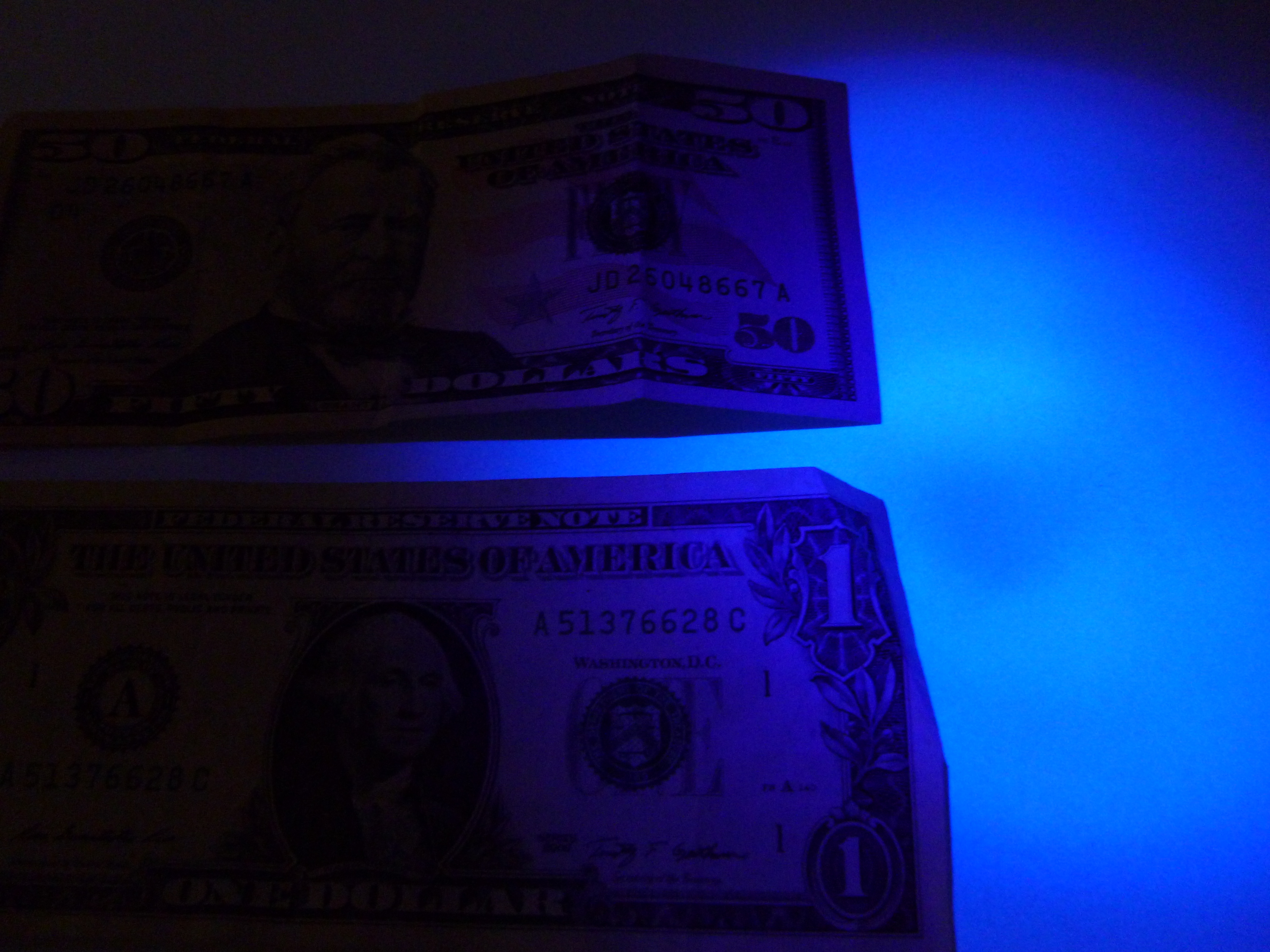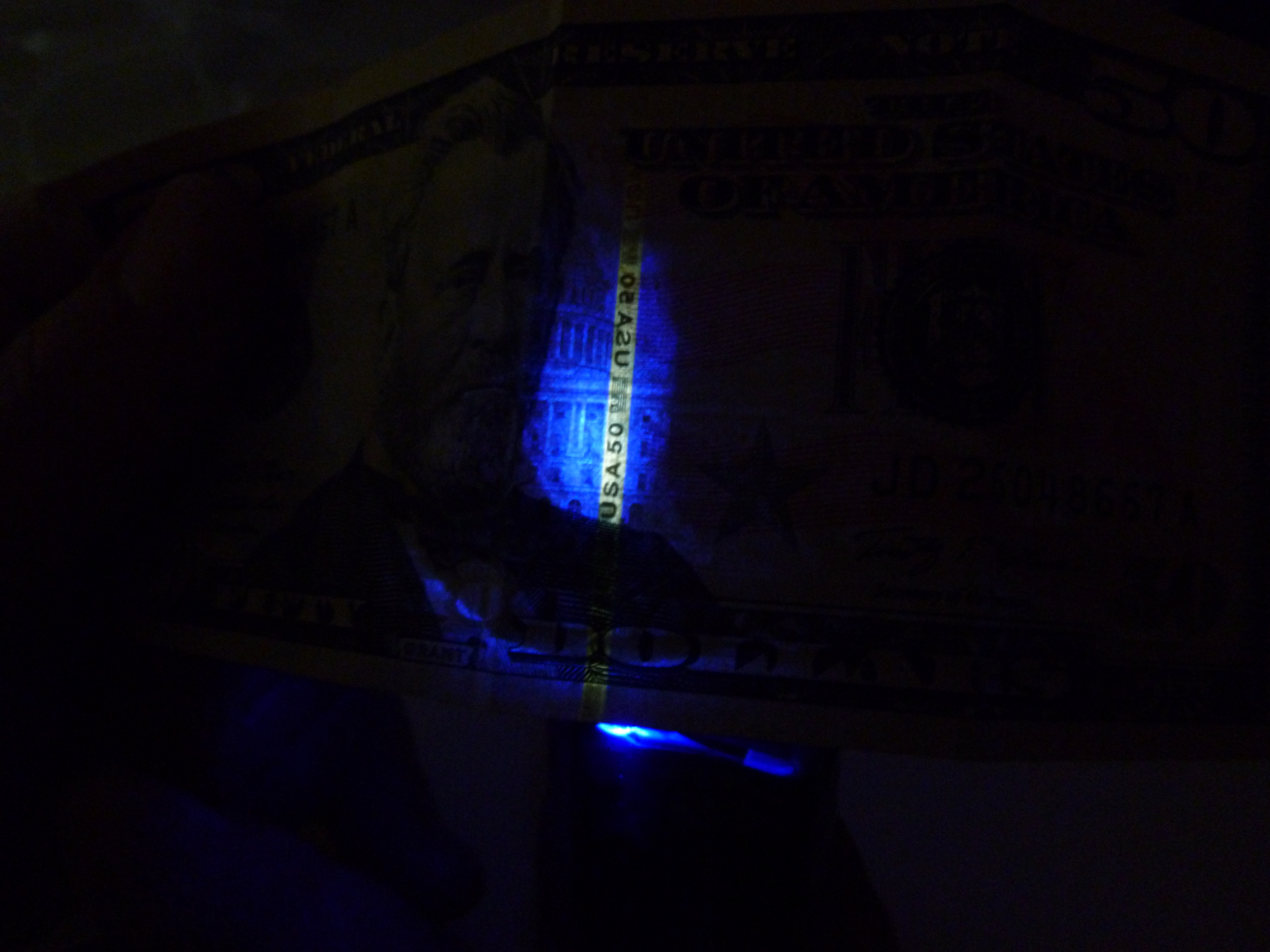It seems that counterfeit money is becoming more and more widespread. To help make it harder for counterfeiters, the US Treasury Department has started inserting strips in all US paper money (except for the $1 denomination) which glow different colors under ultraviolet light. This simple project uses a UV LED to produce the necessary ultraviolet light and, although extremely inexpensive and easy to make, this project works quite well.
Projects from Make: Magazine
Simple UV Counterfeit-Money Detector
This simple project uses ultraviolet light to detect counterfeit $5, $10, $20, $50 and $100 US bills.



